Home>Gardening & Outdoor>Outdoor Structures>How To Get Rid Of Rats Under A Shed
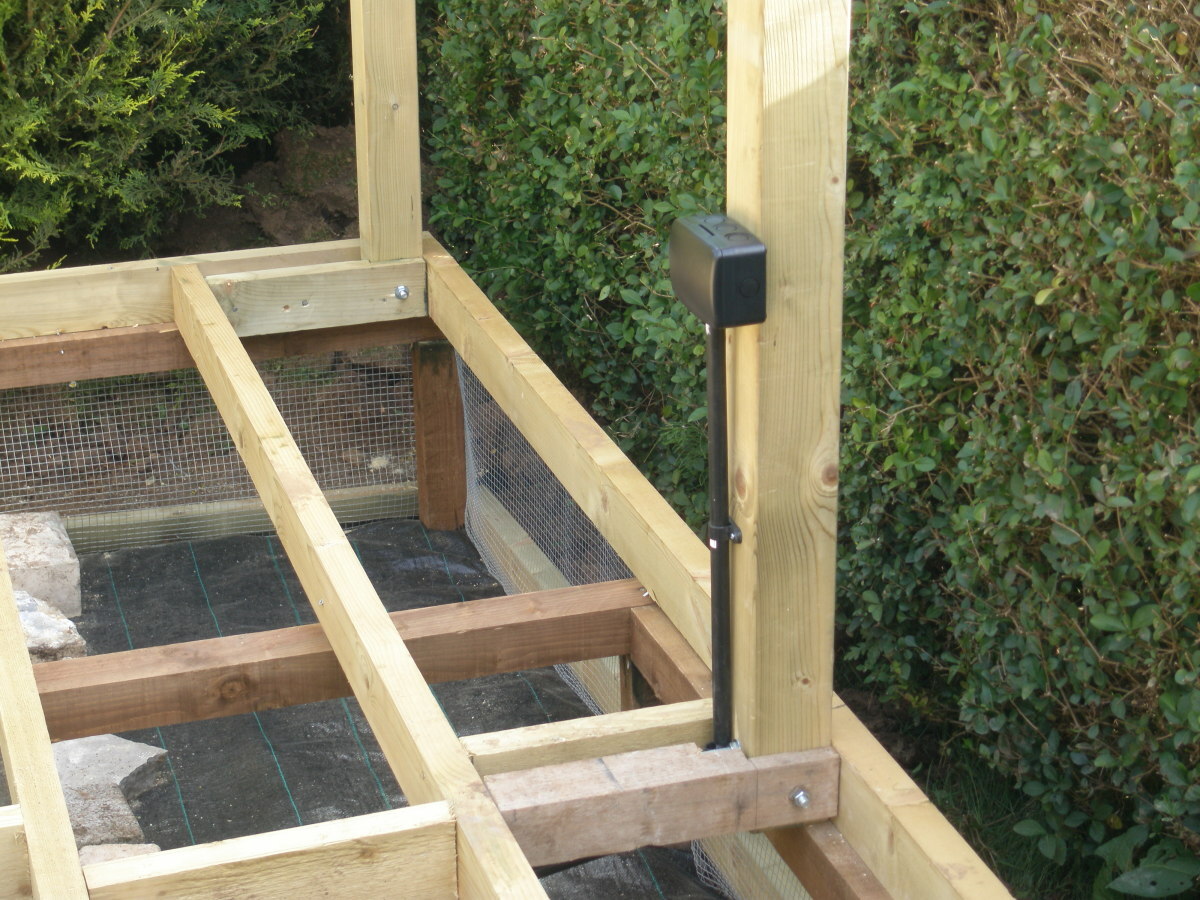

Outdoor Structures
How To Get Rid Of Rats Under A Shed
Modified: October 28, 2024
Learn effective methods for getting rid of rats under your shed and protecting your outdoor structures. Discover expert tips for outdoor pest control and prevention.
(Many of the links in this article redirect to a specific reviewed product. Your purchase of these products through affiliate links helps to generate commission for Storables.com, at no extra cost. Learn more)
Introduction
So, you've discovered that uninvited guests have taken up residence under your shed. It's not an uncommon problem, but it's essential to address it promptly to prevent further issues. Rats under a shed can cause damage to the structure, pose health risks, and create an overall nuisance. However, with the right approach, you can effectively get rid of them and prevent future infestations.
In this comprehensive guide, we'll explore various strategies to address the rat problem under your shed. From identifying the presence of rats to implementing practical solutions, we'll cover it all. By the end of this article, you'll have a clear understanding of how to reclaim your shed space and keep it rodent-free.
Let's dive into the details and learn how to tackle the challenge of rats under your shed.
Key Takeaways:
- Keep your shed rodent-free by removing food sources, sealing entry points, using traps, and employing repellents. Prioritize safety and persistence for lasting success in rat control.
- When DIY methods fall short, seek professional help for persistent infestations, complex scenarios, safety concerns, long-term prevention, and legal compliance. Reclaim your shed space with expert assistance.
Read more: How To Get Rid Of Rats Under Decking
Identifying the Rat Problem
Before devising a plan to eliminate rats from under your shed, it’s crucial to confirm their presence. Rats are nocturnal creatures, so spotting them during the day might be challenging. However, there are several signs that can indicate a rat infestation:
- Droppings: Rat droppings are a telltale sign of their presence. These small, dark pellets are often found near their nesting areas or along their regular pathways.
- Gnaw Marks: Rats have a habit of gnawing on various objects to control the length of their incisors. Look for gnaw marks on wood, plastic, or other materials around the shed.
- Tracks: Rats leave footprints and tail marks in dusty or muddy areas. These tracks can provide valuable clues about their movement patterns.
- Nesting Materials: Rats create nests using shredded materials like paper, fabric, or insulation. Discovering such materials near the shed indicates their presence.
- Unusual Pet Behavior: If your pets exhibit unusual behavior, such as excessive barking or pawing at the ground near the shed, it could signal the presence of rats.
By carefully observing these signs, you can confirm whether rats have indeed taken up residence under your shed. Once you’ve established the presence of rats, you can proceed to implement effective measures to eliminate them and prevent future infestations.
Removing Food Sources
Rats are attracted to environments that offer readily available sources of food. To discourage their presence under your shed, it’s essential to eliminate these enticing food sources. Here are some effective strategies to achieve this:
- Secure Trash Bins: Ensure that your trash bins have tightly sealed lids to prevent rats from accessing food waste. Additionally, consider using metal or heavy-duty plastic bins that rats cannot chew through.
- Clear Debris: Remove any debris, such as fallen fruits, seeds, or pet food, from the area around the shed. These items can serve as easy meals for rats and contribute to their prolonged presence.
- Clean Bird Feeders: If you have bird feeders near the shed, clean up any spilled seeds regularly. Consider using squirrel-proof feeders to minimize spillage and prevent attracting rats.
- Compost Carefully: If you have a compost pile near the shed, manage it carefully to avoid creating an attractive food source for rats. Use enclosed compost bins and avoid adding meat, dairy, or oily foods that can entice rodents.
- Store Pet Food Securely: If you store pet food or birdseed in the shed, ensure that it is kept in tightly sealed containers that rats cannot access. Consider relocating these items to a more secure storage area.
By removing these potential food sources, you can significantly reduce the attractiveness of your shed area to rats. This step is a fundamental aspect of rat control and sets the stage for further interventions to effectively address the infestation.
Sealing Entry Points
Once you’ve addressed the food sources that may be attracting rats to the area under your shed, the next crucial step is to seal off potential entry points. Rats can squeeze through surprisingly small openings, so it’s essential to thoroughly inspect the shed and take measures to prevent their access. Here’s how you can effectively seal entry points:
- Inspect the Perimeter: Carefully examine the exterior of the shed for any gaps, cracks, or openings that rats could use to gain entry. Focus on areas where utility pipes, vents, or cables enter the shed.
- Seal Cracks and Gaps: Use steel wool, wire mesh, or expanding foam to fill in any gaps or holes that rats could exploit. Pay particular attention to gaps around pipes and vents, as these are common entry points.
- Repair Damaged Structures: If the shed has structural damage, such as rotted wood or broken panels, repair these promptly to eliminate potential entry points for rats.
- Install Rodent-Proof Mesh: Consider installing rodent-proof mesh or hardware cloth around the base of the shed to prevent rats from burrowing underneath.
- Trim Vegetation: Keep vegetation and shrubbery around the shed trimmed and away from the structure. Overgrown plants can provide cover for rats and create pathways to the shed.
By diligently sealing off entry points, you can significantly reduce the likelihood of rats gaining access to the space under your shed. This proactive measure forms a critical part of rat exclusion, making the shed less inviting and more challenging for rodents to infiltrate.
Seal all entry points with steel mesh or concrete to prevent rats from getting under the shed. Keep the area clean and remove any potential food sources. Set traps or use bait stations to catch and eliminate the rats.
Using Traps
When dealing with a rat infestation under your shed, employing traps can be an effective method to capture and remove these unwanted visitors. There are various types of traps available, each with its own advantages. Here’s how you can strategically use traps to address the rat problem:
- Selecting the Right Traps: Choose traps suitable for capturing rats, such as snap traps or electronic traps. Avoid using glue traps, as they can cause prolonged suffering for the captured rats.
- Placement: Position traps along the pathways and entry points that rats are likely to use. Place them against the walls of the shed, as rats tend to travel along edges for safety.
- Baiting the Traps: Use enticing bait, such as peanut butter, chocolate, or dried fruit, to lure rats into the traps. Ensure that the bait is securely attached to the trap’s trigger to prevent rats from stealing it without triggering the trap.
- Regular Monitoring: Check the traps regularly, preferably daily, to see if any rats have been captured. Promptly remove and dispose of any trapped rats to maintain the effectiveness of the traps.
- Repositioning Traps: If you don’t catch any rats after a few days, consider repositioning the traps to different locations to increase the likelihood of success.
Traps can be a humane and effective way to reduce the rat population under your shed. By employing them strategically and with care, you can gradually diminish the rat presence and gain control over the situation.
Read more: How To Get Rid Of Rats In The Garden
Using Repellents
In addition to traps, using repellents can help deter rats from inhabiting the space under your shed. Repellents work by creating an environment that is unfavorable or uncomfortable for rats, prompting them to seek alternative locations. Here are some effective repellent strategies to consider:
- Natural Repellents: Certain natural substances, such as peppermint oil, ammonia, or black pepper, are known to have repellent properties against rats. These can be strategically placed around the shed to create an unpleasant environment for the rodents.
- Ultrasonic Devices: Ultrasonic repellent devices emit high-frequency sound waves that are disruptive to rodents, deterring them from staying in the area. These devices can be placed inside the shed or in the immediate vicinity to discourage rat activity.
- Predator Urine: The scent of predator urine, such as that of a cat or a fox, can instill fear in rats and prompt them to avoid the area. Predator urine granules or soaked cotton balls can be strategically placed around the perimeter of the shed.
- Commercial Repellents: There are various commercial rat repellent products available, including granules, sprays, and electronic repellent devices. When using these products, carefully follow the manufacturer’s instructions for optimal results.
- Regular Reapplication: If using natural or commercial repellents, it’s important to reapply them as directed to maintain their effectiveness, especially after rainfall or as the scent dissipates over time.
By incorporating repellents into your rat control strategy, you can create an environment that discourages rats from taking up residence under your shed. When used in conjunction with other proactive measures, repellents can contribute to a comprehensive approach to rat deterrence and management.
Seeking Professional Help
While DIY methods can be effective in addressing rat infestations under sheds, there are instances where seeking professional assistance becomes necessary. Professional pest control services can provide expertise, specialized tools, and targeted interventions to effectively eliminate rats and prevent future incursions. Here’s when it may be prudent to seek professional help:
- Persistent Infestations: If your efforts to control the rat population under the shed have been largely ineffective or if the infestation persists despite your best attempts, professional intervention may be required.
- Complex Infestation Scenarios: In cases where the rat infestation is extensive, involves multiple entry points, or is intertwined with other pest issues, professional pest control technicians can offer comprehensive solutions tailored to the specific challenges.
- Health and Safety Concerns: If you have concerns about handling traps, using rodenticides, or encountering aggressive rats, it’s advisable to entrust the task to professionals who are equipped to manage such situations safely.
- Long-Term Prevention: Pest control professionals can not only address existing rat infestations but also implement preventive measures to fortify the shed against future intrusions, providing long-term peace of mind.
- Legal Compliance: In some regions, the use of certain rodent control methods or products may be regulated. Pest control experts are well-versed in local regulations and can ensure compliance while effectively managing rat infestations.
When enlisting professional help, be sure to engage reputable pest control companies with a track record of successfully addressing rodent infestations. By leveraging their expertise, you can expedite the resolution of the rat problem under your shed and safeguard the integrity of your property.
Conclusion
Dealing with rats under a shed demands a proactive and multifaceted approach. By identifying the presence of rats, removing food sources, sealing entry points, using traps, employing repellents, and knowing when to seek professional help, you can effectively address the issue and reclaim your shed space. Remember, persistence and thoroughness are key to achieving lasting success in rat control.
As you implement these strategies, it’s essential to prioritize the safety of both humans and pets. Exercise caution when handling traps or applying repellents, and consider the well-being of non-target wildlife in the area. Additionally, always adhere to local regulations and guidelines when employing rodent control methods.
By taking proactive measures to deter rats and prevent their access to the shed, you can create an environment that is inhospitable to these unwanted intruders. Regular maintenance and vigilance will help you sustain a rat-free shed, ensuring a safe and secure outdoor space for your enjoyment.
With the knowledge and strategies outlined in this guide, you are well-equipped to tackle the challenge of rats under your shed and restore peace of mind on your property. By combining your efforts with a commitment to thoroughness and persistence, you can effectively manage rat infestations and create an environment that is unwelcoming to these unwanted rodents.
Frequently Asked Questions about How To Get Rid Of Rats Under A Shed
Was this page helpful?
At Storables.com, we guarantee accurate and reliable information. Our content, validated by Expert Board Contributors, is crafted following stringent Editorial Policies. We're committed to providing you with well-researched, expert-backed insights for all your informational needs.
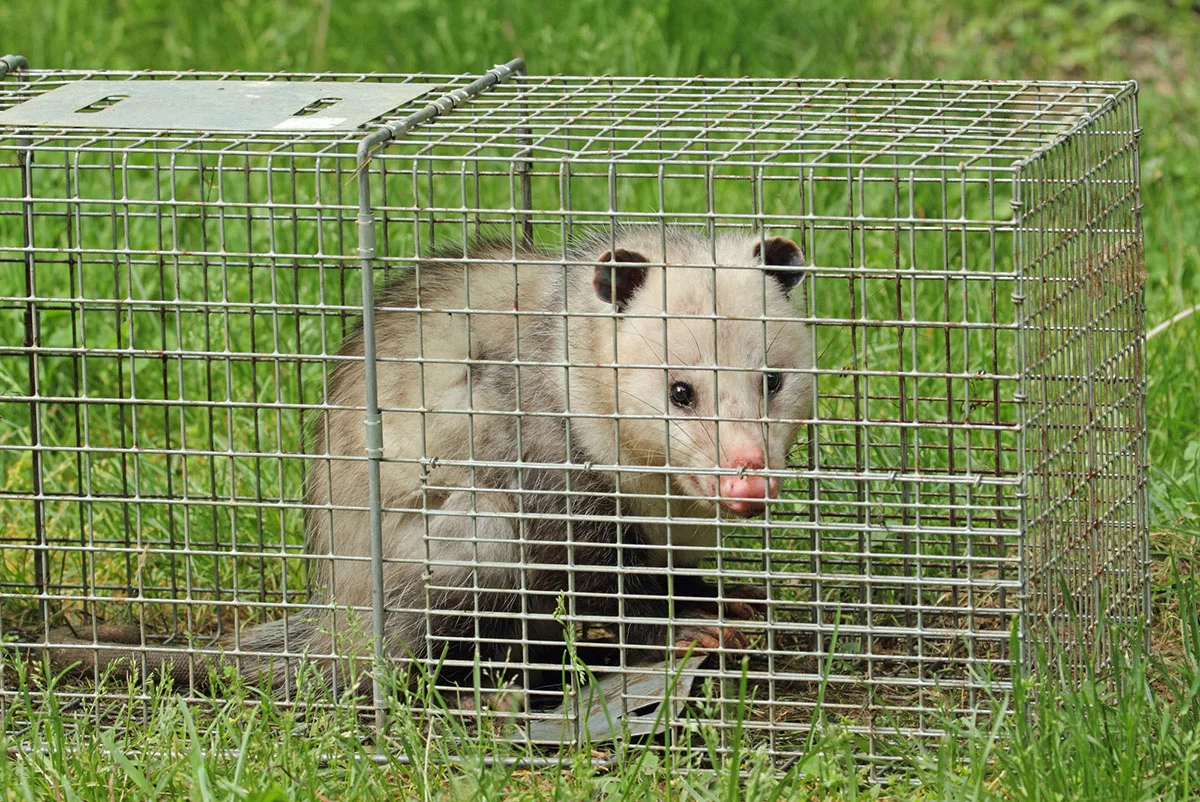
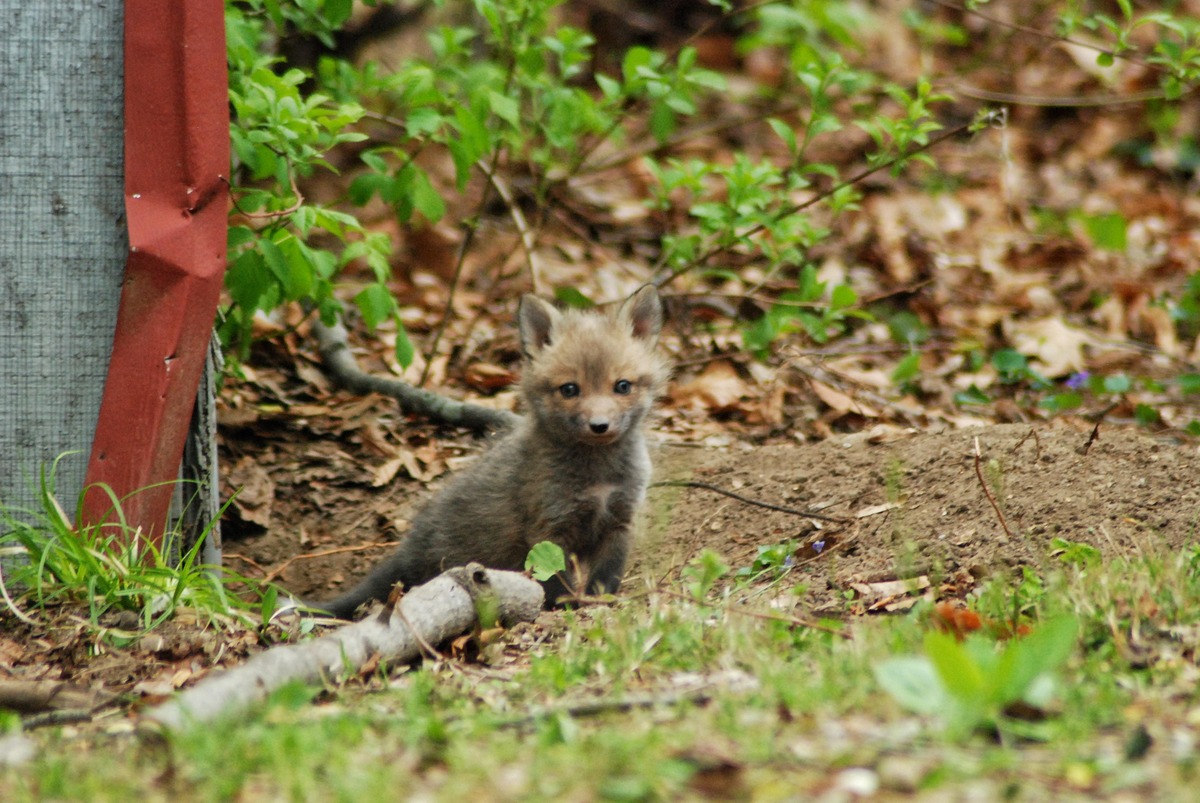
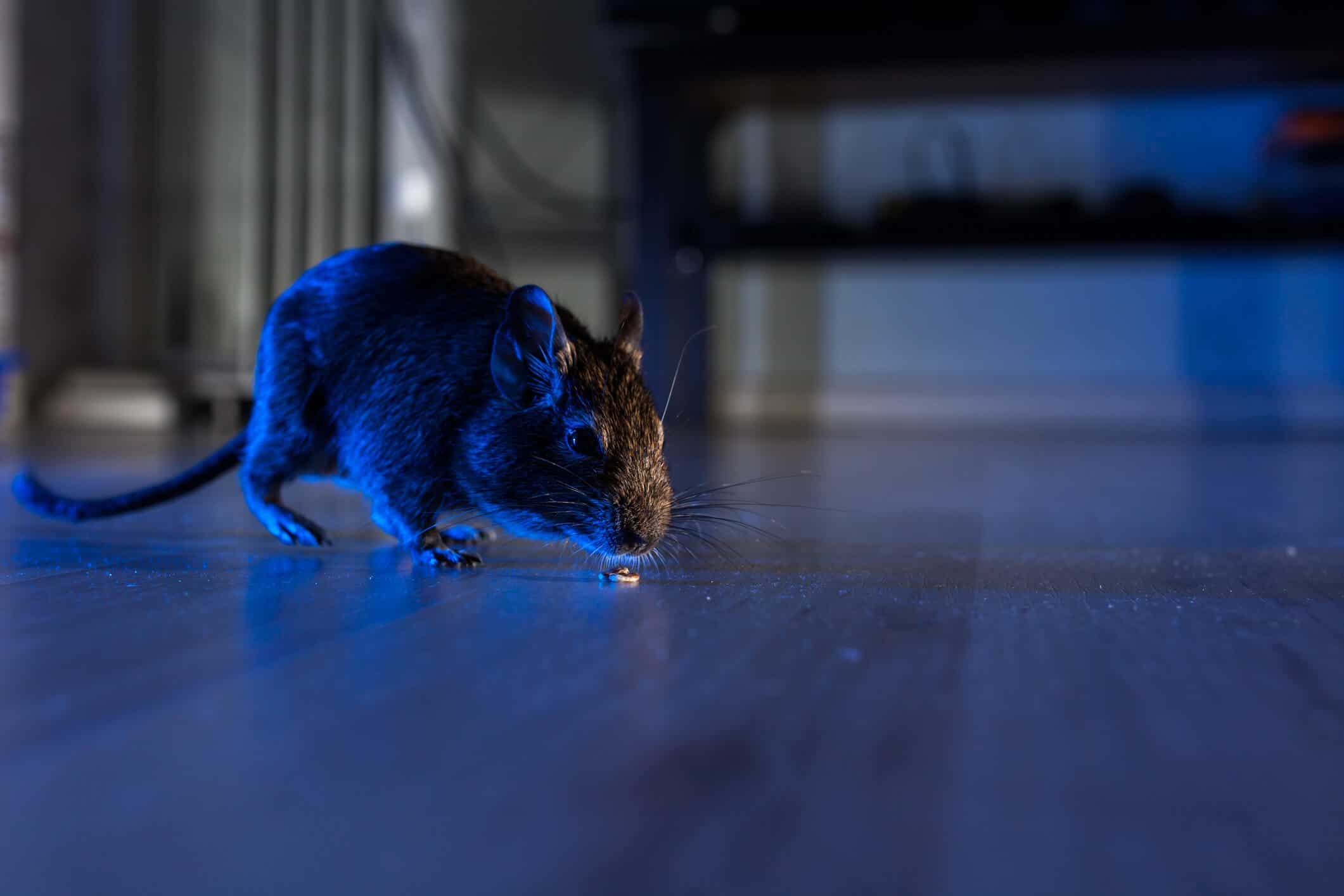
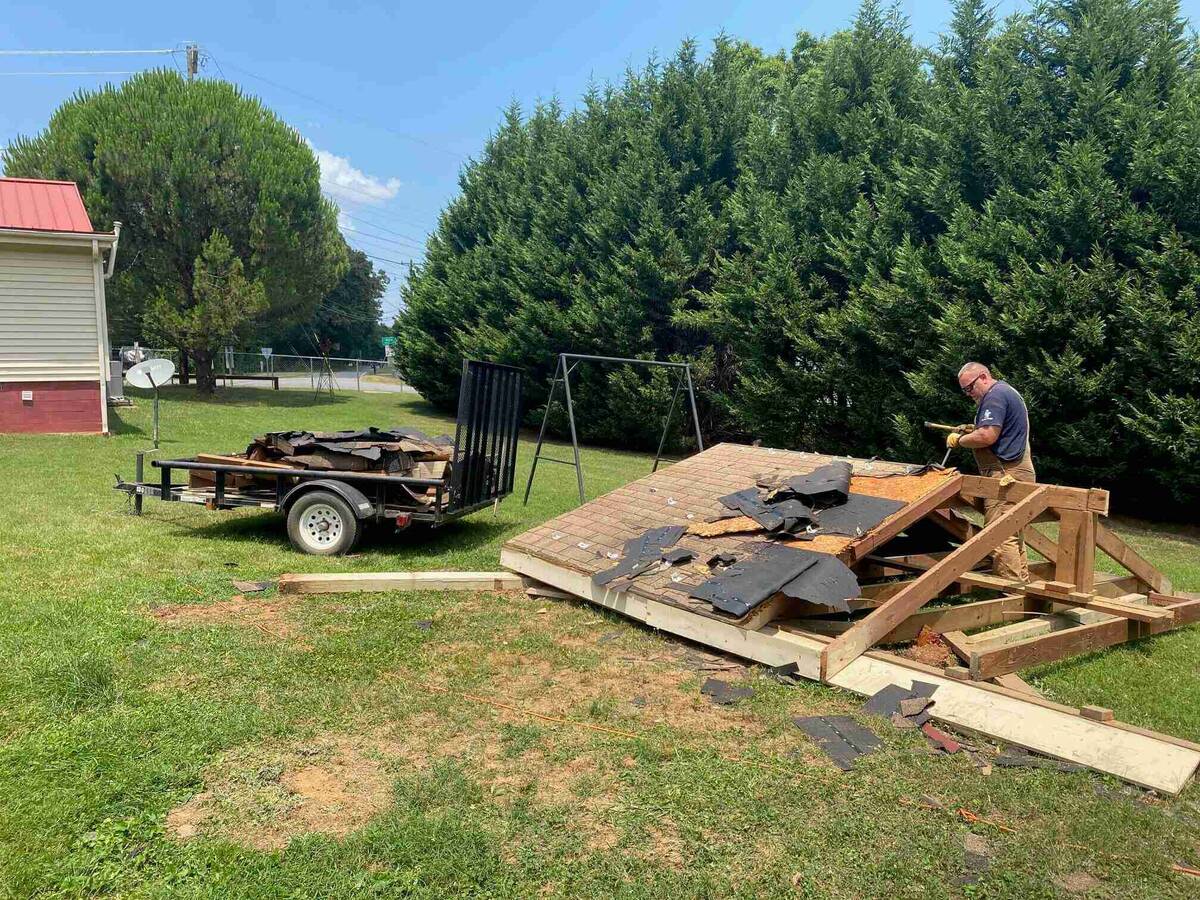
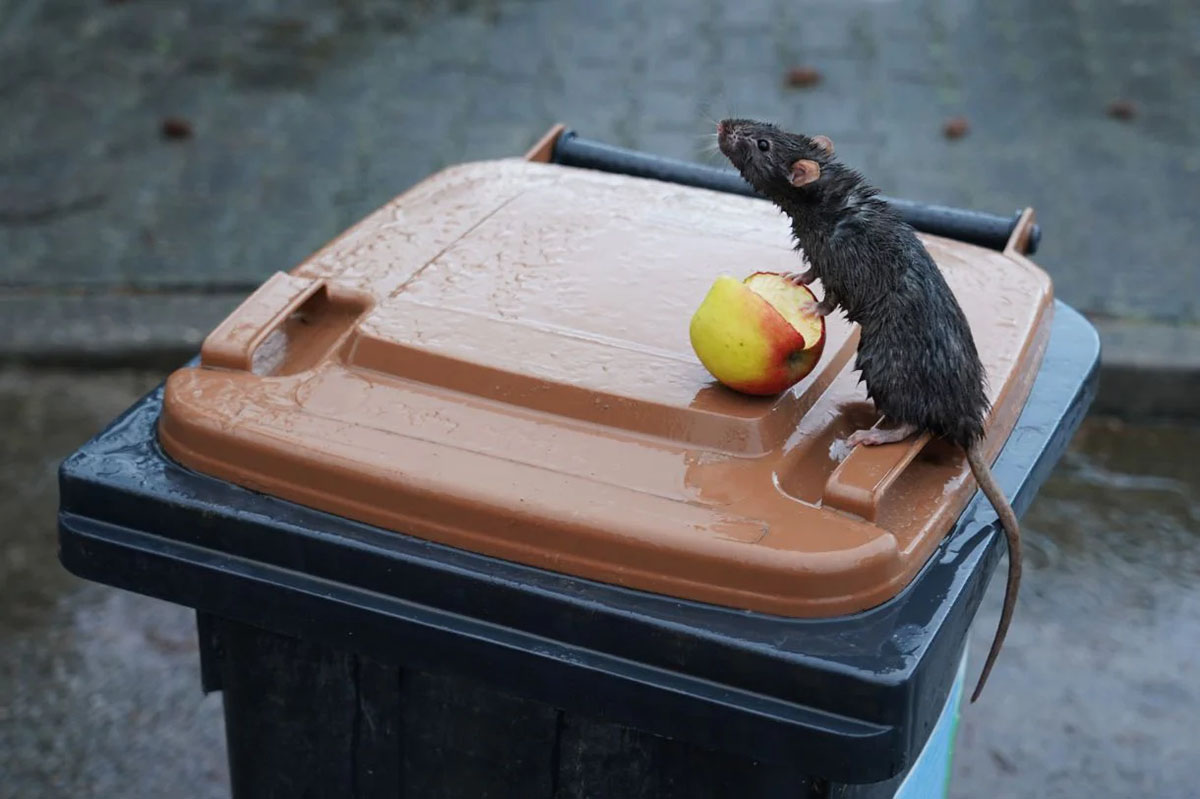
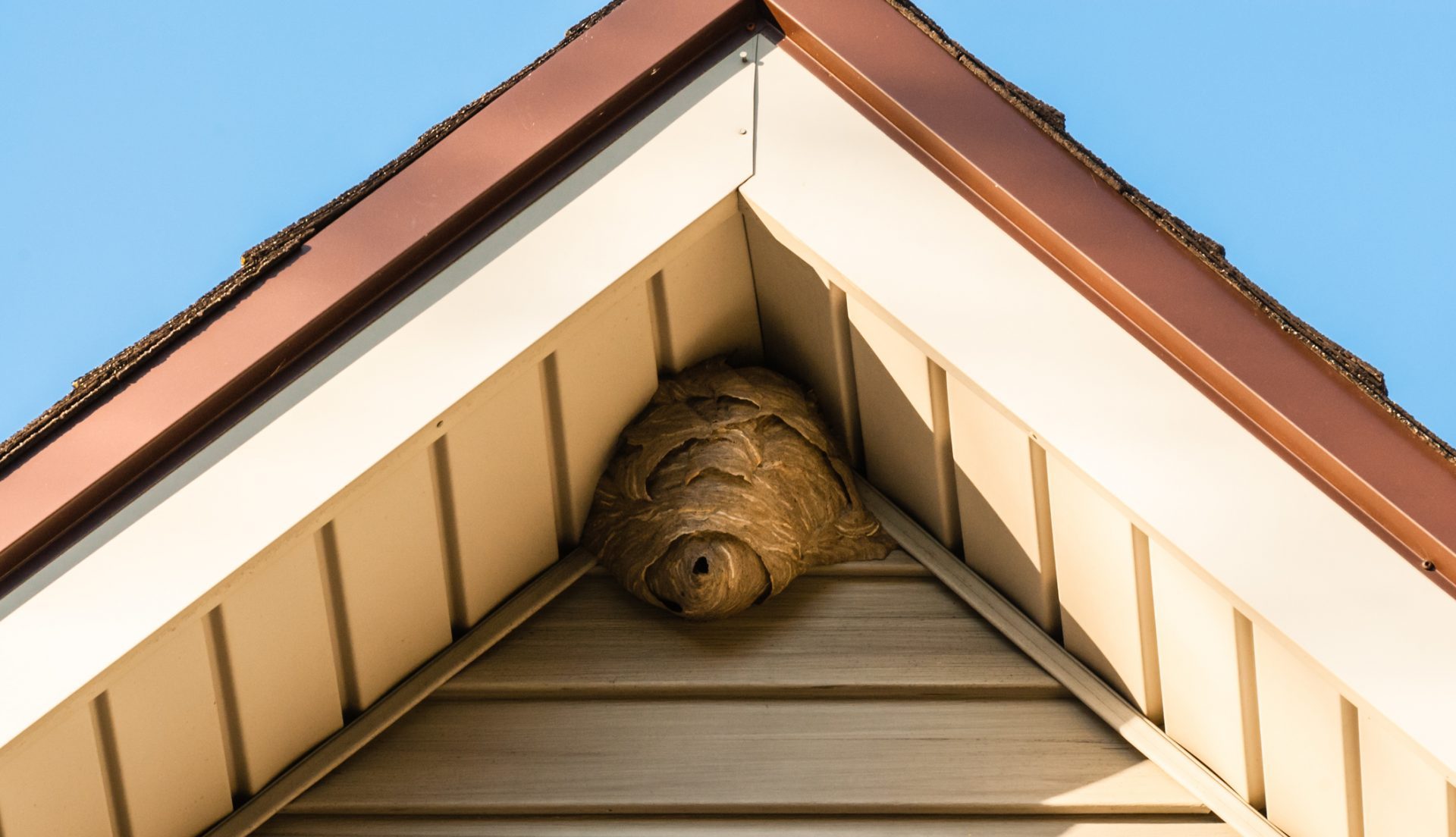
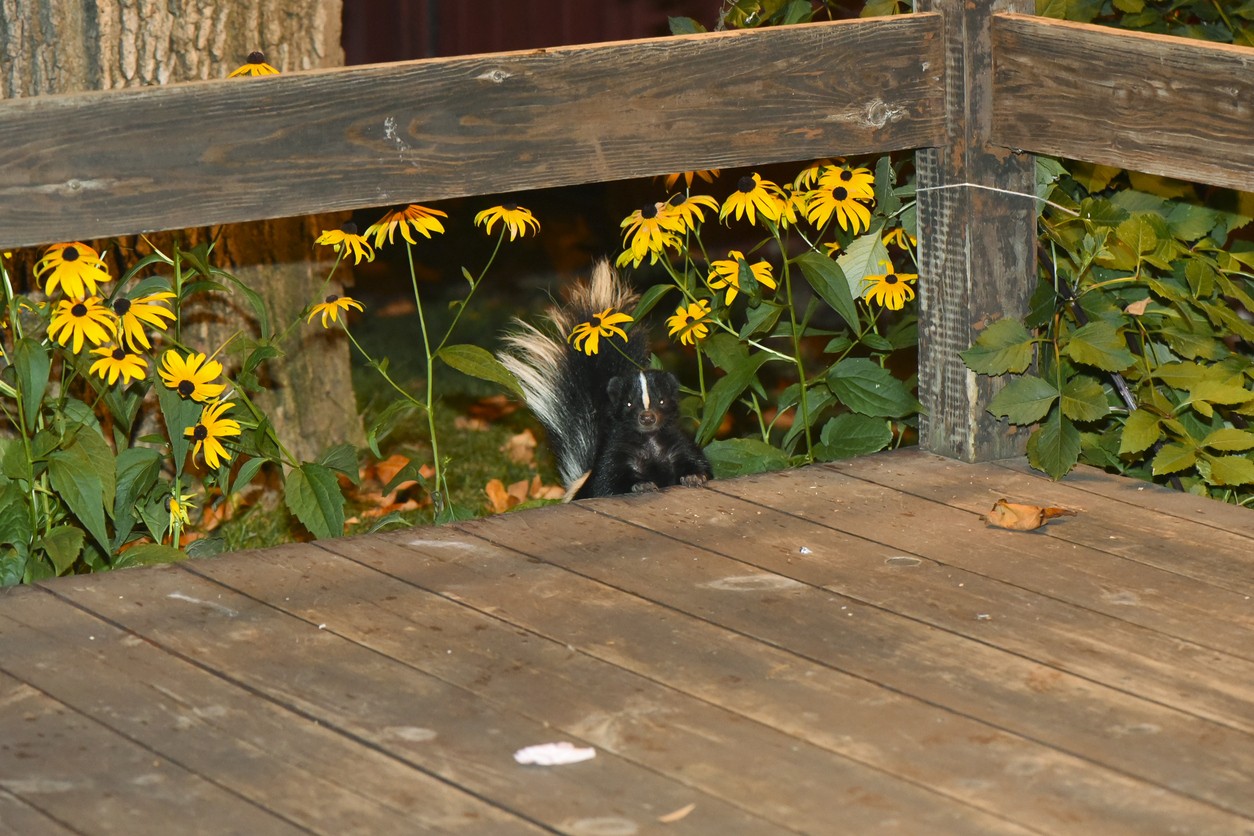
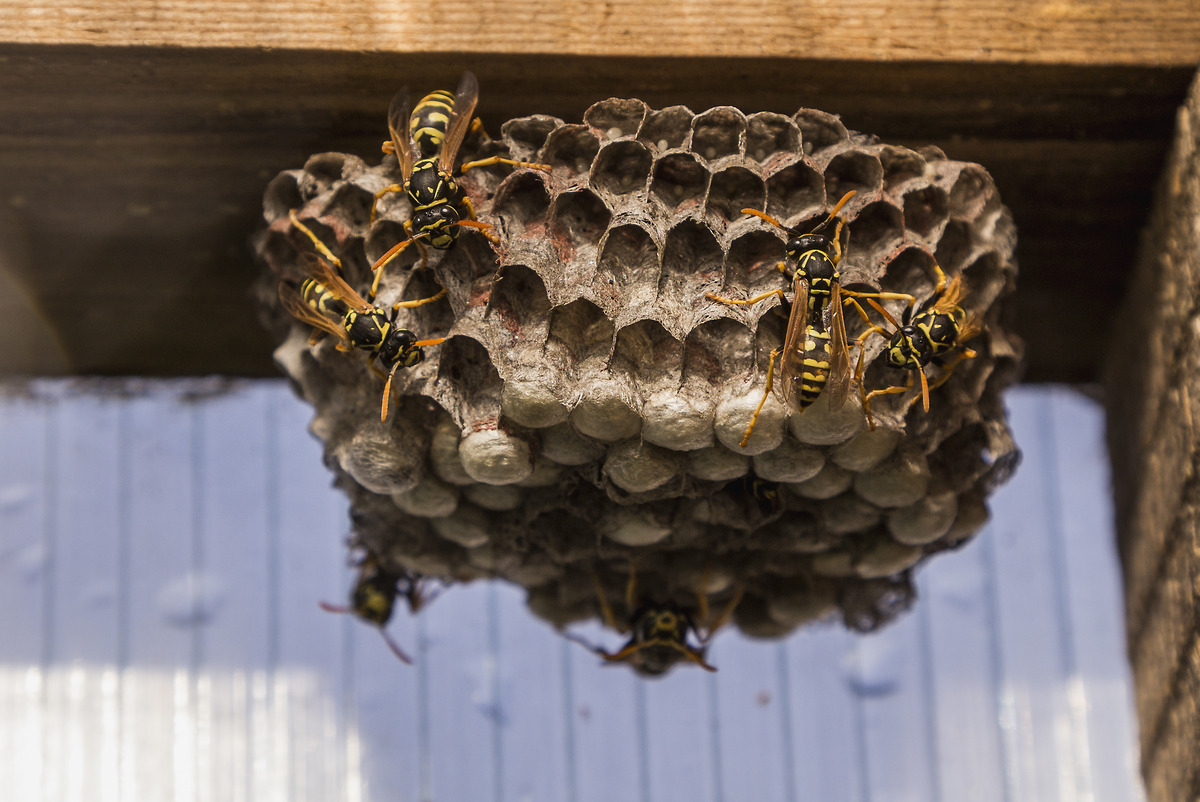
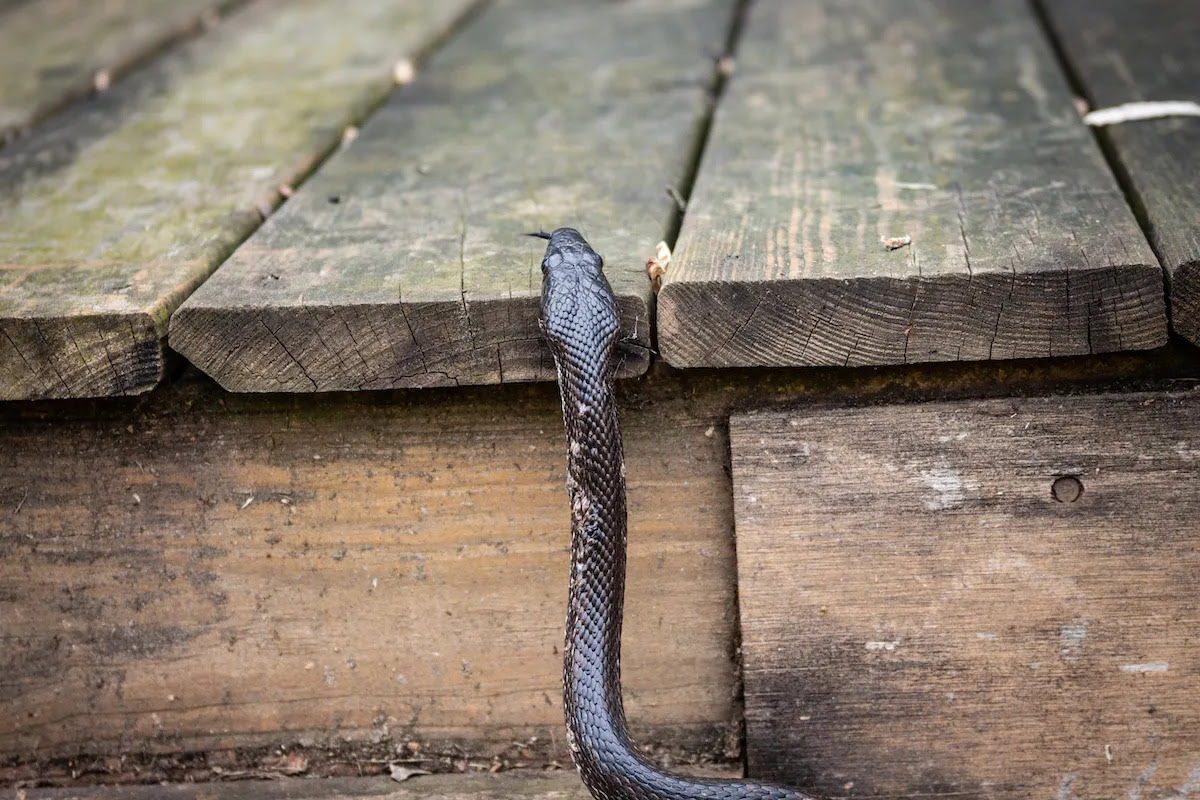
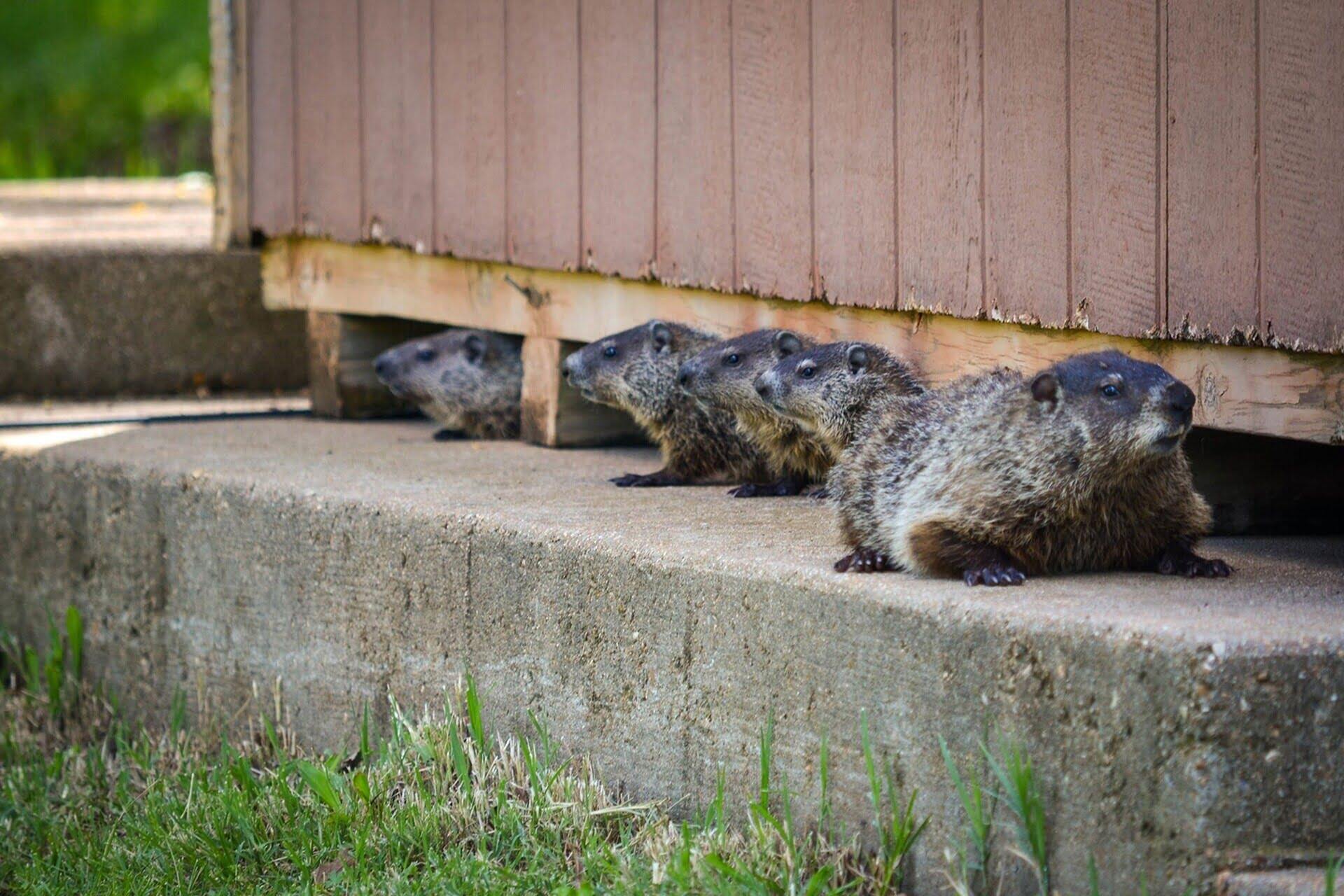
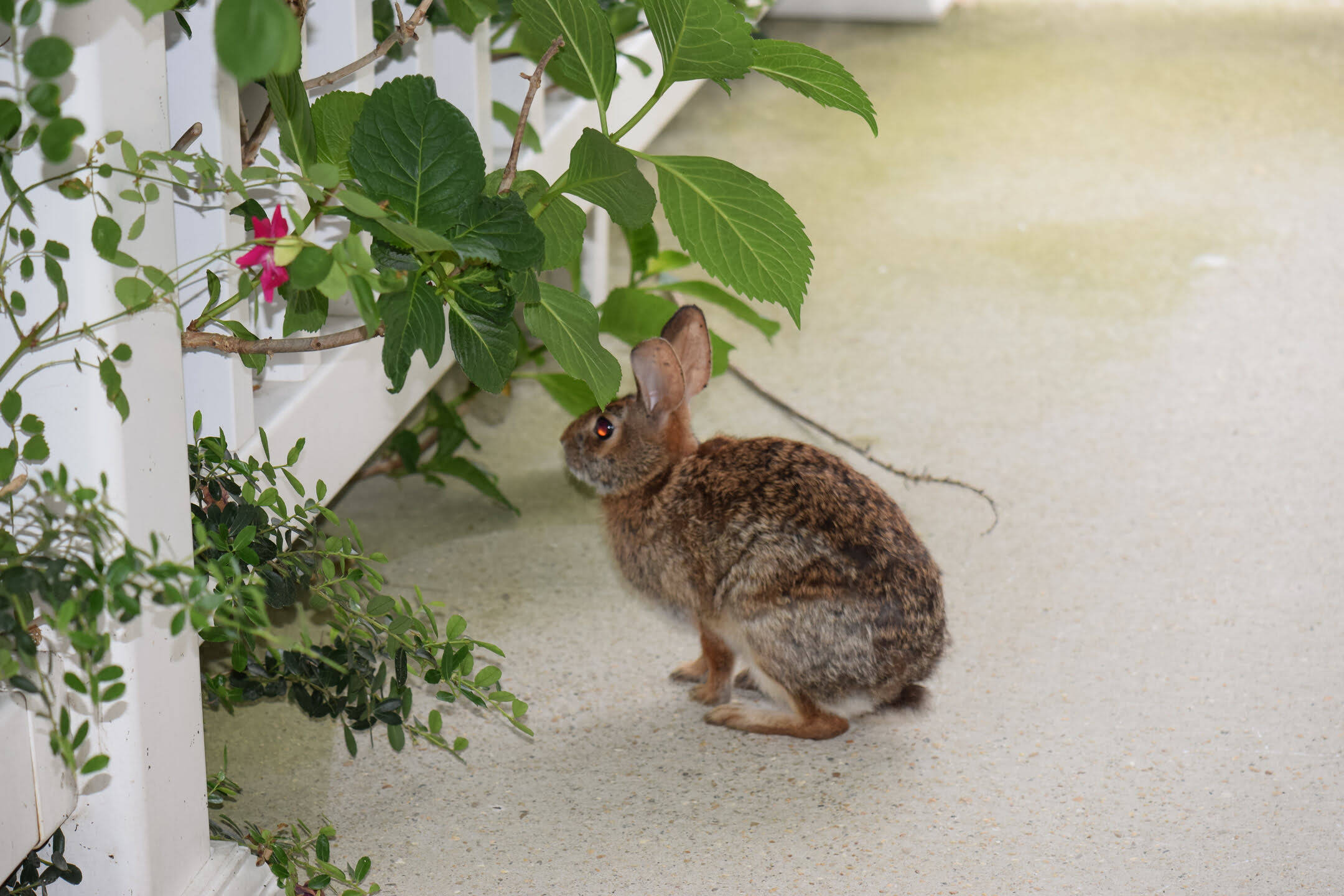


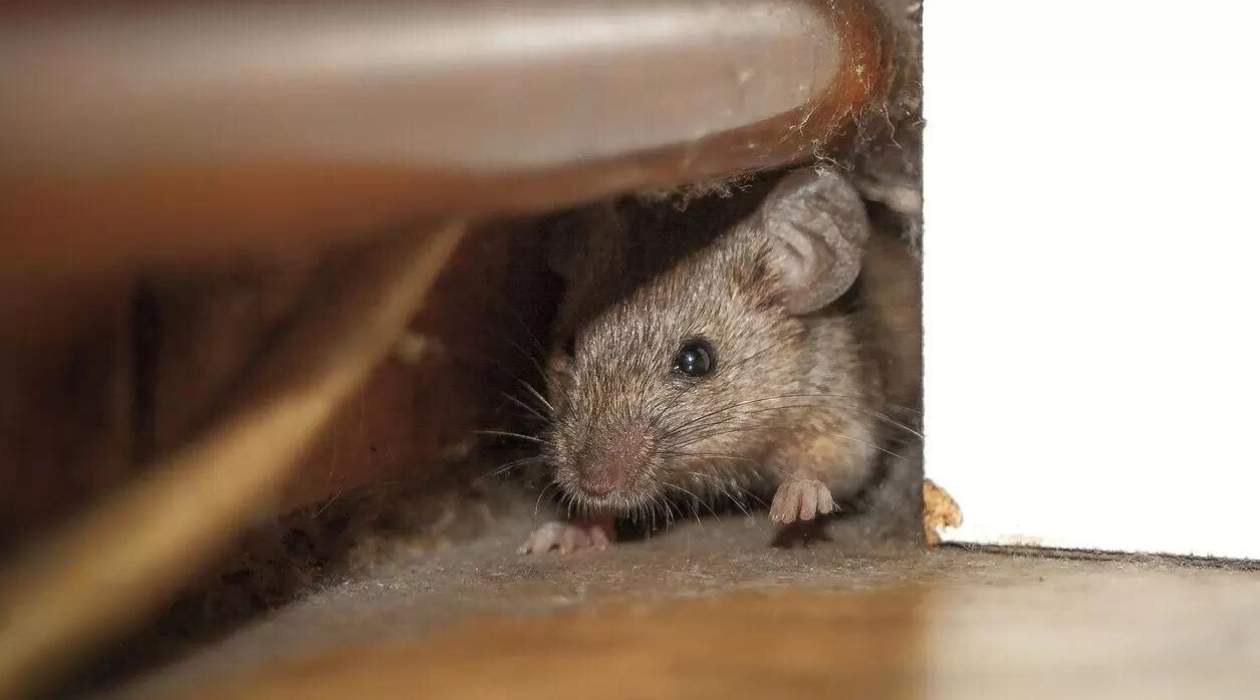

0 thoughts on “How To Get Rid Of Rats Under A Shed”